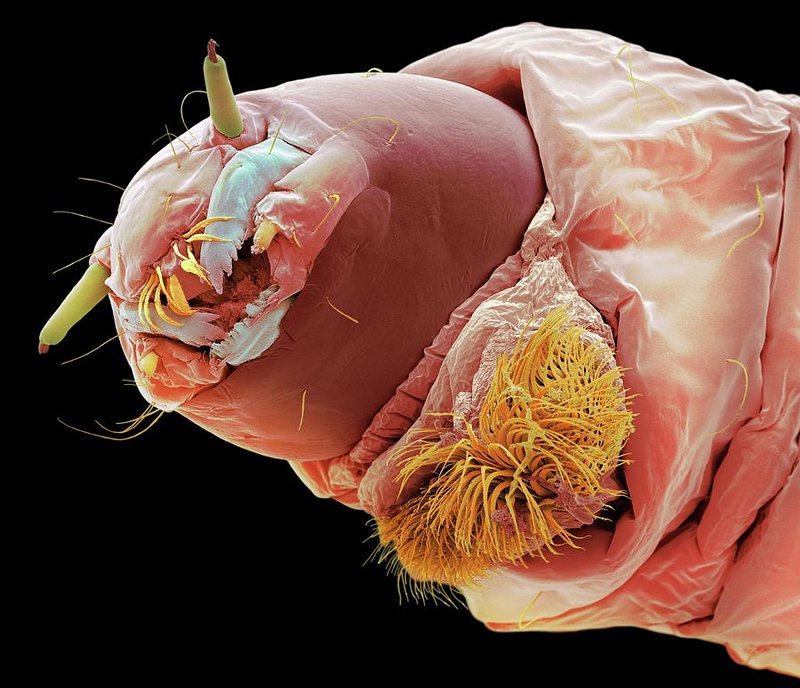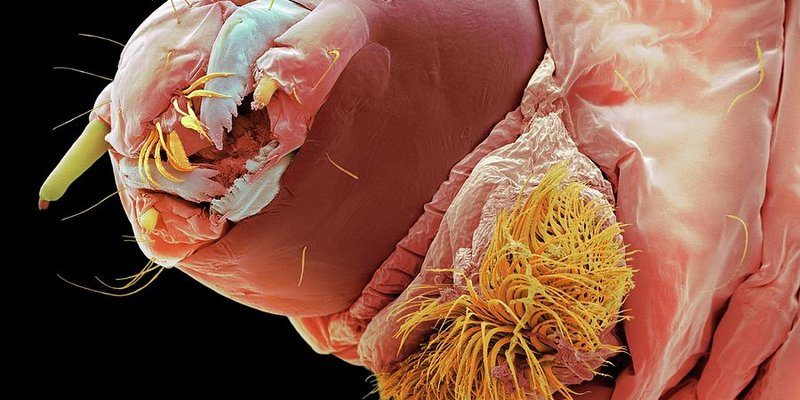
Now, bloodworms belong to a group of marine and freshwater worms known for their color and unique hunting capabilities, typically found in sediments or muddy waters. But here’s the thing: while their bright hue might seem like a beacon, there are several challenges that can throw even the most seasoned nature lover off track. Let’s dive into the murky waters of bloodworm identification and tackle these challenges together.
Understanding Bloodworms: What Are They?
Bloodworms are typically the larvae of certain types of midge flies, especially from the family Chironomidae. Often mistaken for other similar-looking creatures, they can throw off an untrained eye. When hanging out in the mud or sand, bloodworms can look quite similar to other aquatic worms or larvae.
You might be wondering why they’re called bloodworms. Well, it comes from their striking red color, which is due to hemoglobin, the same protein that carries oxygen in our blood. This coloration helps them adapt to low-oxygen environments, making them effective survivors in their habitats. So, when you spot a bloodworm, you’re not just seeing a worm—you’re witnessing a tiny marvel of evolution!
These little guys are not just pretty to look at; they’re also a crucial part of the aquatic food chain. Many fish and birds rely on them as a primary source of food. If you’re fishing or birdwatching, knowing how to identify bloodworms can give you an edge.
Color Confusion: The Bright Red Dilemma
One of the biggest challenges in identifying bloodworms is their distinctive color. While the bright red hue is a telltale sign, it can also lead to confusion. Other worms or larvae, like the tubifex worm, can appear similar in color and shape, especially when they’re submerged or mingled with mud.
To make identification easier, look for key features. Bloodworms are generally a bit longer than other similar worms, measuring about 2 to 3 inches. Their segments are clearly defined, making them look segmented rather than smooth. If the worm you’re observing has a more uniform appearance, it might not be a bloodworm after all.
Additionally, consider the environment. Bloodworms thrive in polluted or nutrient-rich waters, often found in areas where organic matter decomposes. So, if you spot a bright red worm in a clean stream, it’s likely not a bloodworm.
Movement Patterns: How They Act
Another fascinating aspect that can help identification is how bloodworms move. They have a unique swimming style—wriggling in a way that almost looks like they’re dancing. This movement is part of their hunting strategy, as they attract fish or other predators.
However, not all worms are as animated. Some, like certain types of leeches or other non-bloodworms, might appear to wiggle or flail but do so in a different manner. Spend a bit of time observing how the worm moves. Bloodworms are usually much more dynamic, darting around as they search for food or avoid danger.
Don’t be surprised if you come across worms that look similar but don’t move quite like this. It’s a good reminder that nature’s diversity can sometimes make for tricky identification.
Size Matters: Adult vs. Larval Stages
Identifying bloodworms can get even trickier when you consider their life stages. Bloodworms are actually the larval form of midge flies and will eventually transform into adult flies. This means that if you’re spotting them in a muddy area, you might be looking at a variety of sizes.
Typically, larval bloodworms are more elongated, while adults are thinner and have a more delicate build. If you’re just beginning to learn about bloodworms, focus on the larval stage first, as they are more commonly found in the wild and easier to identify due to their color.
Understand that size is a factor too. Adult midge flies are tiny, often less than an inch long, whereas larval bloodworms can grow to a few inches. So, if you’re trying to identify a bloodworm, having a general idea of the size can be a huge clue.
Habitat Hints: Where to Look
Knowing where to look for bloodworms can significantly aid in your identification process. They thrive in habitats where sediments build up, such as ponds, marshes, and slow-moving waters. These areas often have a lot of organic material that bloodworms feed on.
If you’re not seeing bloodworms in what you think is a suitable environment, you might not be looking in the right spots. Consider checking out murky waters, near vegetation, or the bottom of shallow ponds where debris might collect.
Moreover, certain seasons can influence their visibility. Bloodworms are more prominent in warmer months when conditions are right for midge larvae to flourish. If you’re out in the colder months, you might have a tougher time spotting them. Remember, timing and location can make all the difference!
Common Misidentifications: What to Avoid
As a beginner, it’s easy to misidentify bloodworms. Some of their closest look-alikes include tubifex worms and even some types of leeches. Tubifex worms, for example, can also be a reddish hue but are much more segmented and have a distinct movement style that differs from bloodworms.
To avoid misidentifying these creatures, learn the key features that separate bloodworms from similar species. Pay attention to width, body shape, and even habitat. Here’s a quick comparison:
- Bloodworms: Bright red, elongated body, wriggles while swimming, found in nutrient-rich environments.
- Tubifex Worms: More segmented, often more brownish, and usually associated with decaying organic material.
- Leeches: Smooth, flat body, often darker, and have a more gliding movement rather than wriggling.
Being aware of these distinctions reduces the chance of confusion and helps you accurately identify bloodworms when you’re out in the field.
Tools for Successful Identification
If you’re serious about spotting and identifying bloodworms, consider investing in a few tools. A good field guide can be immensely helpful, providing images and descriptions that will help you recognize not only bloodworms but also their look-alikes.
Additionally, a magnifying glass can enhance your view of these tiny creatures, allowing you to spot distinguishing features up close. Take some time to familiarize yourself with bloodworm anatomy. Learn about their segments, bristles, and even their mouthparts if you’re feeling adventurous!
Lastly, taking notes on your observations can sharpen your identification skills. Jot down where you found them, what they looked like, and even a sketch if you’re artistically inclined. Over time, that practice will make identifying bloodworms much easier.
In summary, spotting a bloodworm is a fun challenge that can deepen your appreciation for aquatic ecosystems. With the right knowledge, patience, and tools, you’ll be able to distinguish these fascinating little creatures from others in their habitat.
Whether you’re a budding naturalist, a curious fisherman, or someone who just loves the outdoors, understanding the challenges of bloodworm identification can enhance your experience in nature. Happy spotting!

